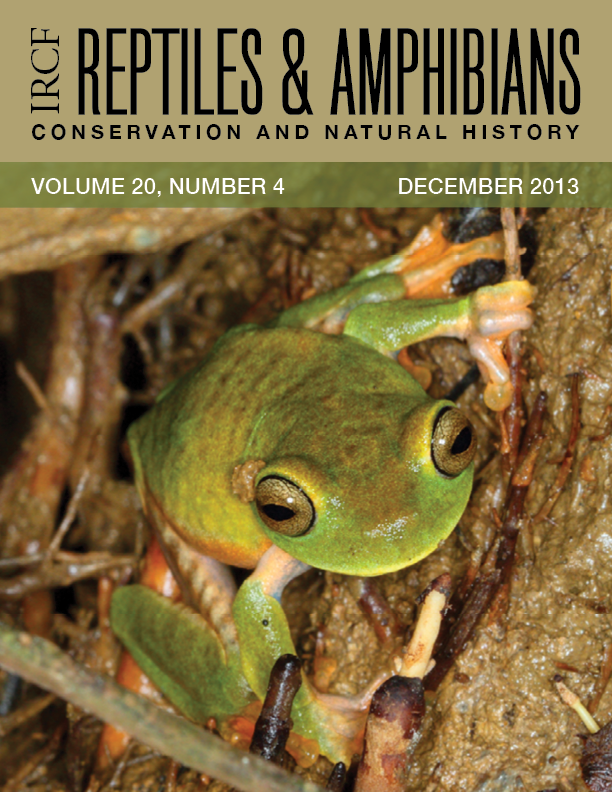Differential habitat use by Common Watersnakes (Nerodia sipedon)
DOI:
https://doi.org/10.17161/randa.v20i4.13963Abstract
Understanding intraspecific variation in habitat use is important for the management of any species. In many studies of reptiles, habitat use by juveniles is poorly understood when compared to their adult conspecifics because of capture biases and logistical constraints. We compared habitat use between sexes and age classes of Common Watersnakes (Nerodia sipedon) at a reservoir in central Illinois. Juvenile N. sipedon occurred more frequently in habitat with high conopy cover, whereas adults N. sipedon, especially reproductive females, were found exclusively in habitat with no canopy cover. Adult males used both locations equally. We emphasize the need to investigate ontogenetic variation in habitat use to better understand how reptiles utilize diverse anthropogenically altered landscapes.
Downloads
Published
Issue
Section
License
Copyright is held by the authors. Articles in R&A are made available under a Creative Commons Attribution-NonCommercial 4.0 International license.

